Have you ever felt the tug of longing for a lush, vibrant garden, only to push it aside because you lack outdoor space or the time to manage a full garden bed? Whether you live in an apartment with a small balcony, a house with limited yard space, or even just want to start gardening on a manageable scale, container gardening offers an incredible opportunity to bring the beauty and benefits of gardening into your life.
In the beginning, I approached container gardening with caution and uncertainty. Would my plants thrive in small pots? Would I have enough light? But within weeks, I was hooked. My tiny collection of herbs, vegetables, and flowers not only transformed my living space but also brought me a sense of accomplishment and joy. This guide will walk you through choosing the best plants for container gardening and how to make them thrive, no matter your space or skill level.
Table of Contents
Why Choose Container Gardening?
Container gardening is an ideal choice for beginners and experienced gardeners alike. Let’s explore the many reasons why:
Flexibility and Portability
- Adapt to the Seasons: Move pots indoors during colder months or outside to soak up the summer sun.
- Rearrange as Needed: You can rearrange containers to optimize sunlight exposure or simply to refresh the look of your space.
- Customizable Setup: Containers allow you to create a garden that matches your personal style, whether it’s a neat row of matching pots or an eclectic mix of shapes and colors.
Space Optimization
- Small Spaces, Big Rewards: Even a tiny patio or a few square feet of balcony can support several containers.
- Vertical Gardening: Use shelves, wall-mounted planters, or hanging baskets to grow up instead of out, maximizing space.
Ease of Maintenance
- Weed Control: With container gardening, weeds are virtually eliminated since you’re using clean, controlled soil.
- Targeted Care: Watering, fertilizing, and pest control are easier to manage because each plant lives in its own environment.
Environmental Benefits
- Sustainability: Growing your own herbs, vegetables, and fruits reduces reliance on store-bought produce, cutting down on packaging and transportation emissions.
- Improved Air Quality: Plants improve air quality, and container gardening allows you to introduce greenery indoors where it’s needed most.
Key Factors to Consider When Choosing Plants for Container Gardening
Choosing the right plants is the cornerstone of successful container gardening. Here’s what to keep in mind:
Growth Habit and Root Size
- Compact Plants: Look for plants that don’t require sprawling space or deep roots, such as lettuce, basil, and strawberries.
- Deep-Rooted Varieties: For root vegetables or larger plants, opt for deep containers that can accommodate growth.
Light Requirements
- Sunny Spots: Ensure that plants like tomatoes, peppers, and marigolds receive direct sunlight for 6-8 hours daily to optimize their growth and development.
- Shady Spaces: For less sunny areas, choose shade-tolerant options like ferns, spinach, and begonias.
- Indoor Lighting: Use grow lights for indoor container gardens to mimic natural sunlight, especially in winter.
Climate Compatibility
- Seasonal Growth: Grow cool-season crops like lettuce and kale in spring and fall, and heat-tolerant plants like peppers and eggplants in summer.
- Microclimates: Containers can help you create microclimates. For example, placing a container near a wall can provide warmth for heat-loving plants.
Container Size and Material
- Size: Choose a pot size that fits the plant’s needs. For example, herbs need smaller pots, while fruiting vegetables require larger ones. Ensure the pot is neither too large nor too small to accommodate the plant’s root system and future growth.
- Material:
- Plastic: Retains moisture and is lightweight.
- Terracotta: Porous and ideal for plants that prefer drier soil.
- Fabric Grow Bags: Great for aeration and root health.
The Best Vegetables for Container Gardening
Vegetables are some of the most rewarding plants to grow in containers. They’re not only beautiful but also provide fresh, nutritious food for your table.
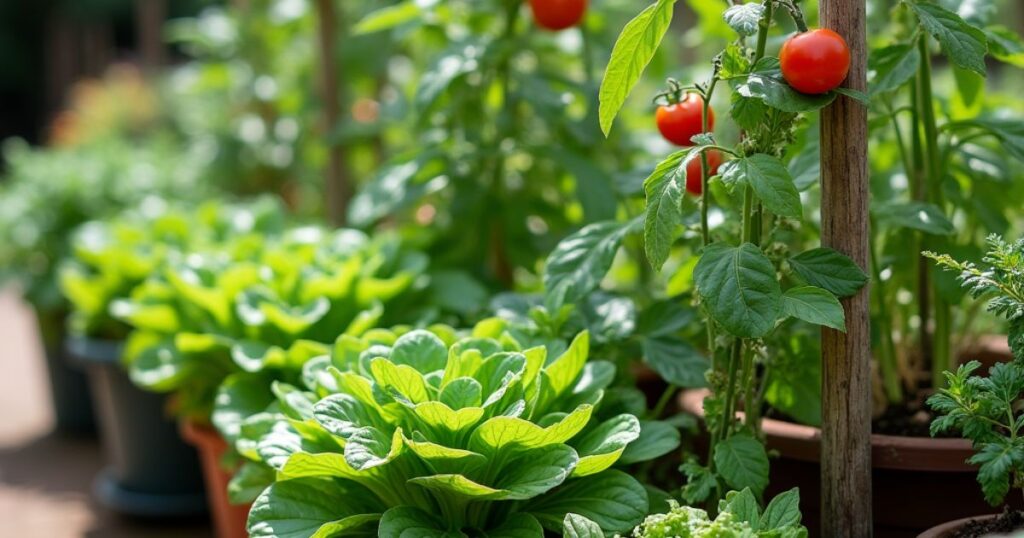
Leafy Greens
- Examples: Lettuce, spinach, kale, arugula.
- Why They’re Great: These fast-growing, shallow-rooted plants are perfect for beginners.
- Care Tips:
- Use wide, shallow containers to grow multiple plants together.
- Harvest selectively for sustained growth. By harvesting the outer leaves first, you allow the plant to continue producing new growth from its center.
Root Vegetables
- Examples: Carrots, radishes, beets, parsnips.
- Why They’re Great: These plants adapt well to containers, and many varieties mature quickly.
- Care Tips:
- Choose cylindrical or short-rooted varieties for smaller containers.
- Ensure your soil is loose and well-draining to allow roots to grow freely.
Fruiting Vegetables
- Examples: Tomatoes, peppers, eggplants, cucumbers.
- Why They’re Great: These plants produce high yields and are a favorite for home gardeners.
- Care Tips:
- Use stakes, cages, or trellises for support.
- Fertilize regularly with a balanced or fruiting-specific fertilizer.
| Vegetable | Ideal Container Depth | Sunlight Needs |
| Tomatoes | 18–24 inches | Full sun (6–8 hours) |
| Radishes | 6–8 inches | Full sun/partial shade |
| Lettuce | 6–12 inches | Partial shade |
The Best Herbs for Container Gardening
Herbs are ideal for container gardening because they’re compact, versatile, and often thrive in less-than-perfect conditions.
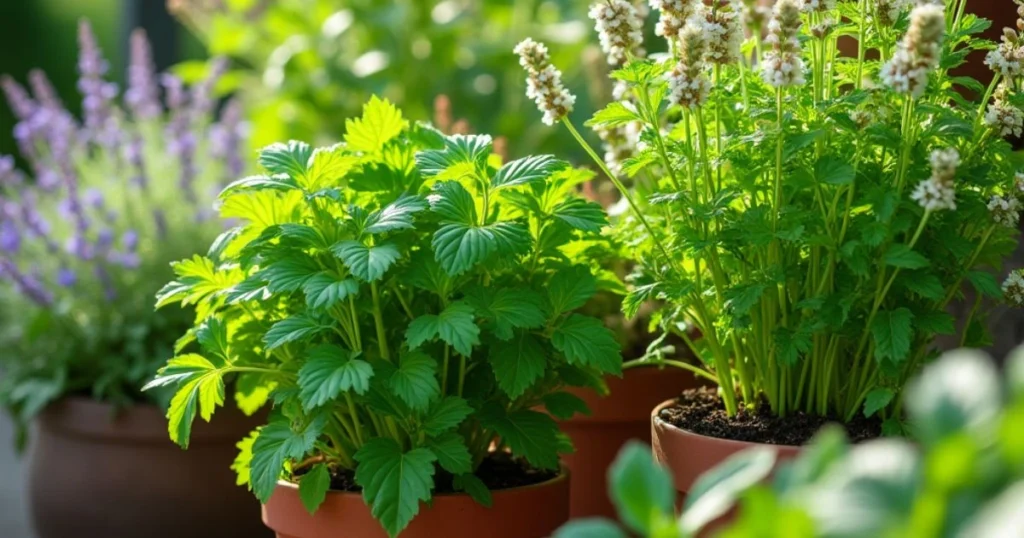
Culinary Herbs
- Examples: Basil, parsley, cilantro, chives, mint.
- Why They’re Great: They grow quickly and provide fresh, flavorful ingredients for your meals.
- Care Tips:
- Water herbs in the morning to prevent mildew.
- Snip leaves frequently to encourage bushier growth.
Medicinal and Aromatic Herbs
- Examples: Lavender, chamomile, thyme, oregano.
- Why They’re Great: These herbs can be used for teas, oils, or aromatherapy, adding a touch of wellness to your garden.
- Care Tips:
- Avoid overwatering, as most aromatic herbs prefer slightly dry soil.
The Best Fruits for Container Gardening
Fruits grown in containers can be surprisingly productive and rewarding.
Berries
- Examples: Strawberries, blueberries, raspberries.
- Why They’re Great: Compact and highly productive, berries add a sweet touch to your garden.
- Care Tips:
- Use acidic soil for blueberries and mulch to retain moisture.
- Grow strawberries in hanging baskets for a cascading effect.
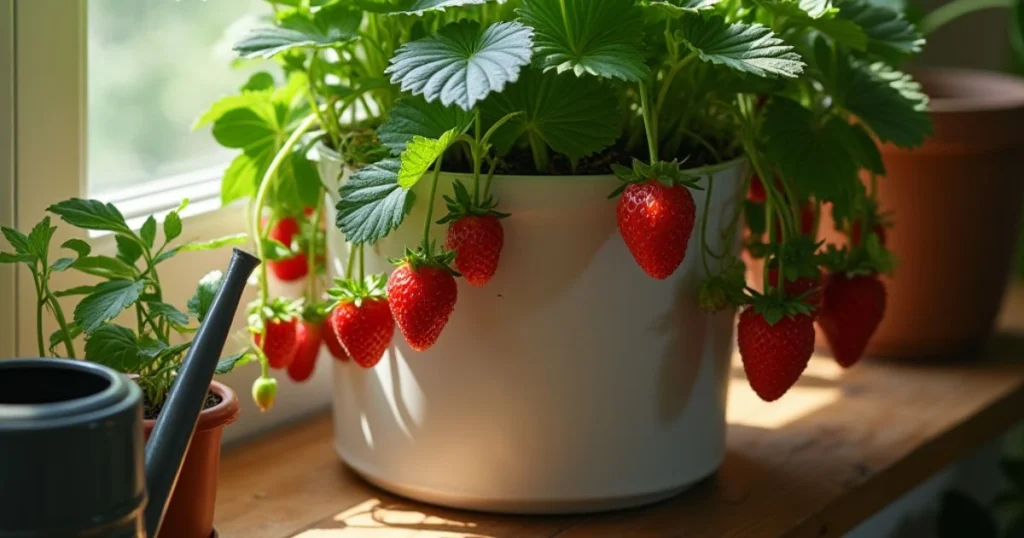
Dwarf Fruit Trees
- Examples: Lemon, lime, fig, dwarf apple trees.
- Why They’re Great: These trees are bred to thrive in pots, producing full-sized fruit on small trees.
- Care Tips:
- Use a large container (at least 15 gallons) with good drainage.
- Prune often for better shape and fruit yield. Consistent pruning helps the plant maintain its desired form and increases its fruit-bearing capacity.
The Best Flowers for Container Gardening
Flowers bring life and color to any space, making them a popular choice for container gardening.
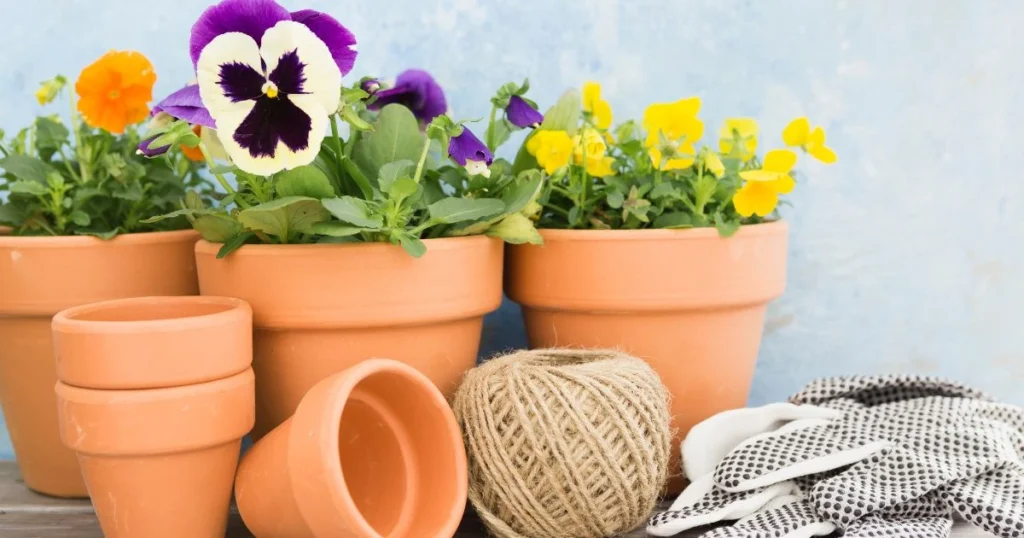
Annual Flowers
- Examples: Petunias, marigolds, pansies, zinnias.
- Why They’re Great: They bloom all season long and are available in a wide range of colors.
- Care Tips:
- Fertilize every 2–3 weeks for continuous blooms.
- Remove spent flowers to encourage new growth.
Perennial Flowers
- Examples: Geraniums, lavender, hostas, daisies.
- Why They’re Great: These flowers return year after year, providing lasting beauty with minimal effort.
- Care Tips:
- Divide plants periodically to revitalize them.Dividing plants every few years rejuvenates them by separating crowded roots and promoting new growth.
- Protect perennials during winter by moving pots indoors or mulching heavily.
Creative Container Gardening Combinations
Companion Planting
Some plants benefit from being grown together:
- Tomatoes and Basil: Basil deters pests and enhances the flavor of tomatoes.
- Lettuce and Marigolds: Marigolds repel aphids, protecting delicate lettuce leaves.
Aesthetic Arrangements
Combine flowers and edibles for a garden that’s both functional and beautiful:
- Pair cherry tomatoes with cascading nasturtiums for a stunning look.
- Use herbs like rosemary or thyme as decorative fillers in flower pots.
Edible Hanging Baskets
Hanging baskets are perfect for strawberries, trailing tomatoes, or herbs like thyme. This approach saves space and adds visual interest to your garden.
Common Challenges in Container Gardening (and How to Solve Them)
Overwatering or Underwatering
- Signs: Yellowing leaves (overwatering), wilting (underwatering).
- Solution: Use self-watering containers or water when the top inch of soil feels dry.
Poor Soil Quality
- Signs: Stunted growth, yellowing leaves.
- Solution: Refresh soil annually and add compost or organic fertilizers to maintain nutrients.
Pests and Diseases
- Signs: Chewed leaves, visible insects, mold, or mildew.
- Solution:
- Neem oil for insect control.
- Diatomaceous earth for slugs.
- Good airflow deters fungal diseases.By providing sufficient airflow, you can minimize the chances of fungal diseases affecting your plants.
Conclusion
Container gardening is a fantastic way to bring greenery into your life, no matter your space or experience level. By choosing the right plants, providing proper care, and embracing creativity, you can transform your home into a lush, thriving haven.
So why wait? Grab a pot, some soil, and your favorite seeds, and start your container gardening journey today. Share your progress and tips with others—gardening is always more rewarding when we grow together. Let’s create something beautiful!
Frequently Asked Questions (FAQs)
What are the easiest plants to grow in containers?
Herbs like basil and mint, leafy greens like lettuce, and fast-growing root vegetables like radishes are perfect for beginners.
Can I grow vegetables indoors?
Yes! With adequate sunlight or grow lights, vegetables like lettuce, herbs, and dwarf tomatoes thrive indoors.
How often should I water container plants?
Water only when the soil’s surface is dry. To avoid overwatering, water your plants only when the top inch of soil has dried out. During hot weather, you may need to check daily.
What size containers are best for vegetables?
Leafy greens: 6–12 inches deep.
Root vegetables: At least 12 inches deep.
Fruiting vegetables: 18–24 inches deep.
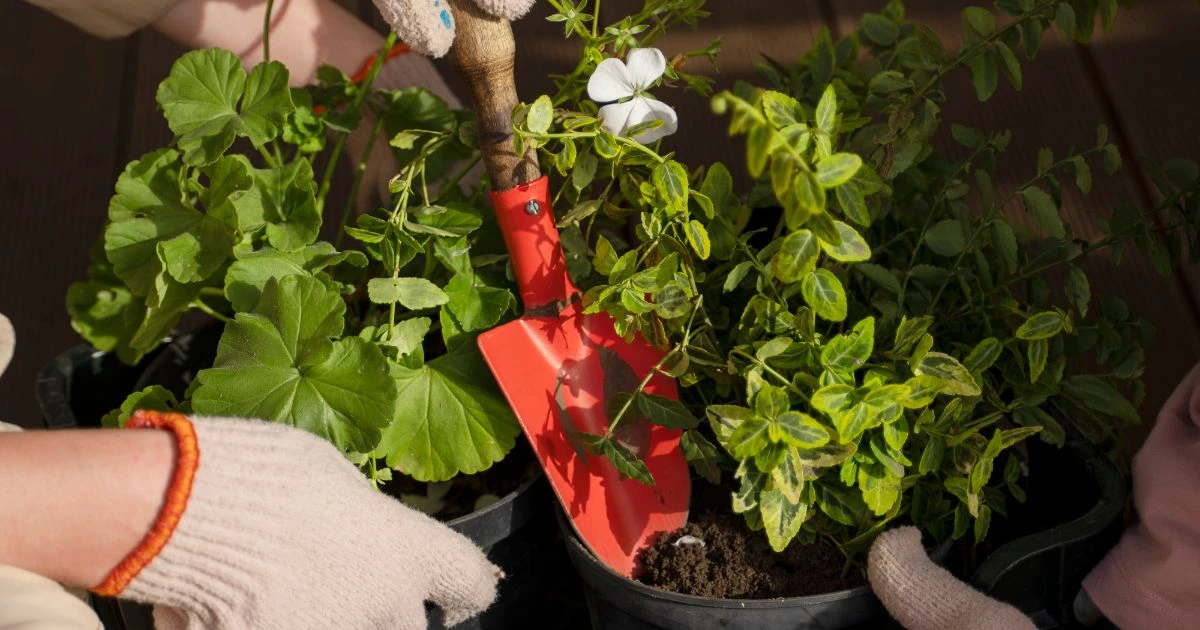
1 thought on “The Best Plants for Container Gardening: A Comprehensive Guide”